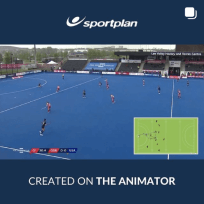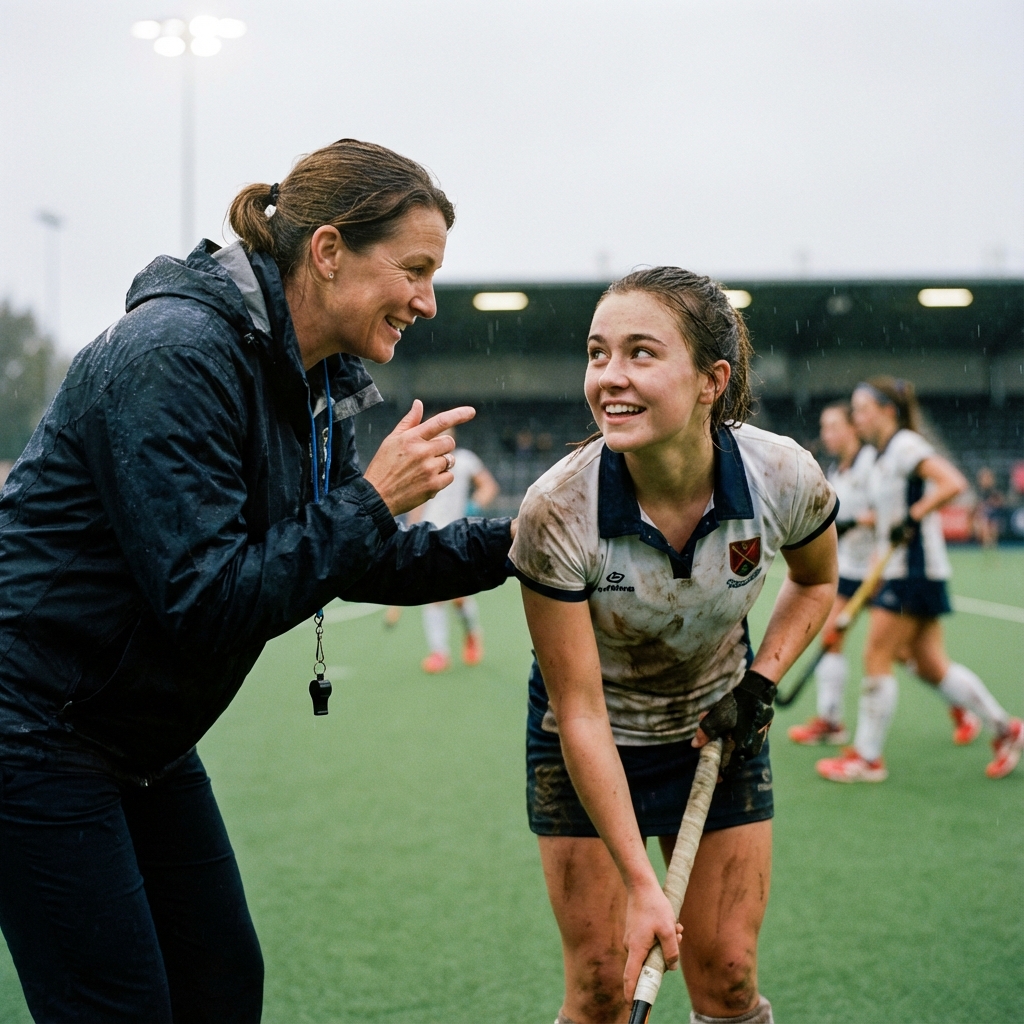6 a side without a goalie formation
Would you say switching it around to a 1-2-3 would make for better attacking formations?





Switching to a 1-2-3 formation in a 6-a-side game without a goalie can enhance your attacking capabilities. Here are some reasons why:
- Increased Attacking Power: By having three forwards in the front line, the 1-2-3 formation creates more attacking options and increases the pressure on the opponent's defence. This can result in more goal-scoring opportunities and keep the opposing team under constant threat.
- Overloading the Attack: With three forwards, you can overload the opponent's defence, making it challenging for them to mark all attacking players effectively. This can lead to confusion in the defence and open up spaces for shots on goal.
- Quick Transitions: The 1-2-3 formation allows for rapid transitions from defence to attack. The lone defender can initiate quick counterattacks by distributing the ball to the midfielders and forwards, exploiting any gaps left by the opposing team.
- Supporting Runs: The midfielders in the 1-2-3 setup can provide crucial support to the forwards by making overlapping runs, creating passing channels, and offering additional options in the attacking third. This coordinated movement can lead to more dynamic attacking plays.
- High Pressing: The 1-2-3 formation is well-suited for high pressing and putting pressure on the opponent's defence higher up the field. This aggressive approach can force turnovers, allowing your team to capitalise on mistakes and launch swift attacks.
Switching to a 1-2-3 formation in a 6-a-side game without a goalie can enhance your attacking capabilities. Here are some reasons why:
- Increased Attacking Power: By having three forwards in the front line, the 1-2-3 formation creates more attacking options and increases the pressure on the opponent's defence. This can result in more goal-scoring opportunities and keep the opposing team under constant threat.
- Overloading the Attack: With three forwards, you can overload the opponent's defence, making it challenging for them to mark all attacking players effectively. This can lead to confusion in the defence and open up spaces for shots on goal.
- Quick Transitions: The 1-2-3 formation allows for rapid transitions from defence to attack. The lone defender can initiate quick counterattacks by distributing the ball to the midfielders and forwards, exploiting any gaps left by the opposing team.
- Supporting Runs: The midfielders in the 1-2-3 setup can provide crucial support to the forwards by making overlapping runs, creating passing channels, and offering additional options in the attacking third. This coordinated movement can lead to more dynamic attacking plays.
- High Pressing: The 1-2-3 formation is well-suited for high pressing and putting pressure on the opponent's defence higher up the field. This aggressive approach can force turnovers, allowing your team to capitalise on mistakes and launch swift attacks.














